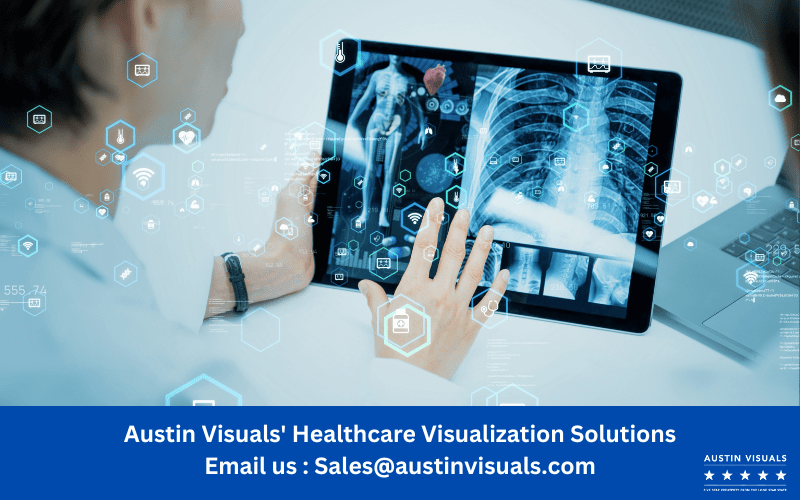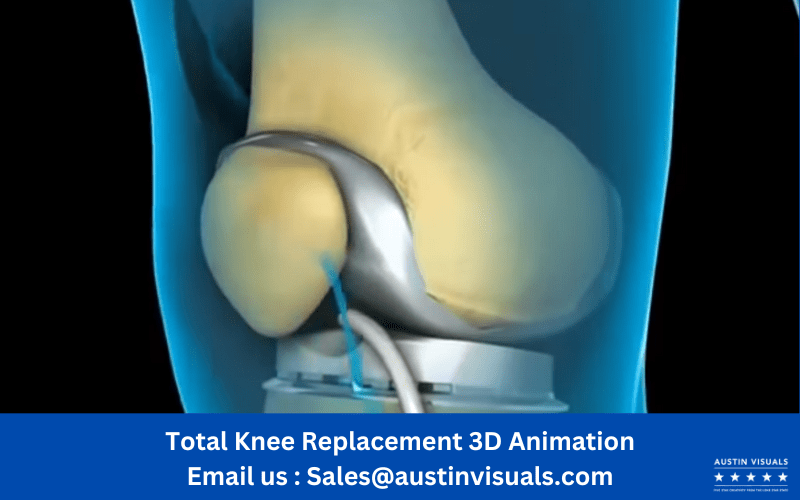
Are you tired of endless paperwork, inefficient communication, and lengthy wait times at the doctor’s office? Well, say hello to a new era in healthcare, where visualization solutions are revolutionizing the way we receive and provide medical care. Not only are these cutting-edge technologies helping doctors make more accurate diagnoses, but they’re also empowering patients to take greater control of their health. In this blog post, we’ll explore how visualization solutions are transforming every aspect of healthcare delivery and improving patient outcomes. So, get ready to witness the power of innovation in action!
What is Healthcare?
The healthcare industry is under constant pressure to improve patient outcomes while reducing costs. To meet these challenges, healthcare organizations are turning to visualization solutions that can help them better understand and manage their data.
Visualization solutions provide a way for healthcare organizations to see their data in a new light, identify patterns and trends, and make better decisions. These solutions can help improve patient care, increase efficiency, and reduce costs.
Healthcare professionals use various visualization solutions, such as:
Data visualizations: These solutions quickly identify patterns and trends in data, tracking progress over time or comparing different data groups.
Interactive maps: These maps visualize complex data sets like disease spread or resource distribution. They also help in planning emergencies or disasters.
3D simulations: These solutions visualize medical procedures, plan surgeries, or train medical students. They also create virtual reality experiences for patients.
The Need for Visualization in Healthcare
Visualization solutions are becoming increasingly popular in the healthcare industry as a means of revolutionizing the way care is delivered. By providing caregivers with a more complete picture of a patient’s condition, visualization solutions can help to improve diagnosis and treatment while also reducing costs.
One of the most promising applications of visualization technology in healthcare is its ability to help doctors better understand a patient’s condition. Traditionally, doctors have had to rely on second-hand reports or their own observations to make a diagnosis. However, with visualization solutions, doctors can now see inside the human body in ways that were once impossible. This allows for more accurate diagnoses and improved treatment plans.
Another benefit of visualization technology is its ability to reduce costs. By providing doctors with a more complete picture of a patient’s condition, unnecessary tests and procedures can be avoided. In addition, visualization technology can be used to create virtual models of patients that can be used for training purposes. This reduces the need for expensive and invasive training procedures on real patients.
The benefits of visualization technology are vast and varied. As the technology continues to evolve, it is likely that even more applications will be found in the healthcare industry. Visualization solutions have the potential to revolutionize healthcare and provide better care at lower cost
The Benefits of Visualization in Healthcare
There is a growing body of evidence that suggests visualization can be a powerful tool in healthcare. A recent study published in the journal PLOS ONE found that when doctors and patients used a visualization tool to see the progress of treatment, they were more likely to stick to the plan and achieve better outcomes.
Other research has shown that visualization can help people manage pain, stress, and anxiety. One study found that cancer patients who used guided imagery had less pain and anxiety during treatment. And another found that women who visualized themselves going through childbirth had less pain and anxiety during labor.
Some hospitals are already using visualization tools to help their patients. The Mayo Clinic has developed a Virtual Reality Pain Distraction system that allows patients to distracted from their pain by exploring different virtual environments. And researchers at the University of Washington have created a tool called “The Journey” that helps people visualize their cancer journey from diagnosis to treatment and beyond.
There are many potential applications for visualization in healthcare, and the evidence suggests that it can be a powerful tool for both patients and providers.
The Future of Healthcare with Visualization Solutions
As we look to the future of healthcare, it is clear that visualization solutions will play a major role in revolutionizing the industry. By providing doctors and other medical professionals with real-time, interactive visualizations of patient data, these tools have the potential to radically improve outcomes and increase efficiency across the board.
In particular, visualization solutions hold great promise for improving diagnostic accuracy and reducing errors. In one study, for example, physicians using a visualization tool were able to correctly diagnose 93% of cases, compared to just 67% for those using traditional methods. Similarly, another study found that surgeons using a visualization tool made 30% fewer mistakes when planning operations.
What’s more, visualization solutions can also help to speed up treatment times and reduce costs. One hospital in the UK, for instance, has cut its average treatment time for cancer patients from six weeks to just four days by using a visualization tool to plan surgeries more effectively. And as healthcare costs continue to rise around the world, visualization solutions offer a real opportunity to help contain them by making treatments more efficient and effective.
Looking ahead, it is clear that visualization solutions will play an increasingly important role in transforming healthcare for the better. With their ability to improve outcomes and drive down costs, these tools are poised to revolutionize the way we care for our health.
How to Use Visualization Solutions in Healthcare
Healthcare professionals can revolutionize the industry by using visualization solutions to efficiently manage data. By visualizing data, they can gain insights that were previously hidden and make better decisions about patient care. When selecting a healthcare visualization solution, it’s crucial to consider its intended use – patient care, research, or both. Once the best solution is selected, the next step is implementation, which can involve web-based access or software installation. To use the solution effectively, staff must receive proper training on both features and data interpretation. With comprehensive training, healthcare professionals can make the most of visualization solutions and improve patient care decision-making.
Conclusion
Healthcare professionals and providers are increasingly turning to visualization solutions to revolutionize the way they approach patient care. Visualizations can significantly improve healthcare outcomes by improving data access, communication of medical information, diagnoses accuracy, clinical decision-making processes, and resource management. The future of advanced visualization technologies in healthcare is bright, as researchers explore new ways to utilize them. Visualization tools are a powerful tool for health systems to improve their services’ quality and efficiency.
Austin Visuals’ Healthcare Visualization Solutions
At Austin Visuals, we understand the importance of effective communication in the healthcare industry. That’s why we offer a range of innovative visualization solutions that help medical professionals communicate complex concepts to their patients. Our solutions, including 3D animations and virtual reality simulations, aim to improve patient understanding and outcomes, enhance medical education, and revolutionize healthcare communication. Our experienced team of designers and animators is dedicated to helping clients achieve their goals and transform communication in the healthcare industry.
Contact us today to learn more about our healthcare visualization solutions and how we can help you effectively communicate complex medical concepts to your patients. Let us help you improve patient outcomes and enhance medical education with our innovative 3D visualization and animation services. Get in touch with Austin Visuals now to take the first step towards revolutionizing healthcare communication.
Want to know how we can help? Have questions? Have a project to discuss? Message us using the contact form below, email us at [email protected]. Also, call us at (512) 591-8024 to meet with a member of our team today.






